Trump’s tariff formula has fancy Greek symbols. No one is sure why
The White House shared a formula containing symbols like epsilon and phi—but critics pointed out they served no purpose.

President Donald Trump this week unleashed an economic hurricane by hitting dozens of countries with a punishing wave of tariffs. In order to explain the specific tariff imposed on any given country, the White House shared a sophisticated-looking formula that includes Greek letters commonly used by economists. The problem with this, as experts were quick to point out, is that the symbols don't appear to serve any purpose.
On Tuesday, a White House press secretary shared the formula on Twitter, explaining it reflected a calculation of the tariff and non-tariff barriers imposed on the U.S. by other countries:
No we literally calculated tariff and non tariff barriers.https://t.co/GiWRU6gJDv https://t.co/TmzN1wcC2b pic.twitter.com/sjV9apMJ4F— Kush Desai (@KushDesai47) April 3, 2025
The trouble, as Fortune and others have noted, is that the formula did not actually do this, and in fact reflected a basic equation that took the trade deficit of the U.S. with a given country then divided it by two. But what about the fancy Greek symbols? It turns out they may be little more than window dressing.
Looking more closely at the formula above, note that the "m" is shorthand for imports and the "x' stands for exports. Meanwhile, the triangle is the Greek letter delta and, in economics speak, translates to change and the "t" is shorthand for tariffs (change in tariffs in other words). As for the "i" subscript, it just refers to whatever country is being discussed so doesn't serve any purpose.
The most perplexing part of the formula, though, is the first portion of the lower part of the equation where the Greek letter "e" (for epsilon) is multiplied by the letter phi. Both of these Greek letters are used in economics as shorthand for factors of elasticity but, in this case, the White House assigned them respective values of 0.25 and 4. Multiplying these, per the formula, equals one. And multiplying the final variable ("m" for imports) by one equals the same amount—so the epsilon and phi symbols here don't do anything. Reaction by on social media was incredulous:
OMG - the Trump admin released their “formula” for how they calculated the tariffs…. And *added* Greek letters that have nothing to do with it to look complex. OMG these goofs are such amateurs. Kinda funny. pic.twitter.com/sG9H2R4Ele— Morgan Cameron Ross (@Morgan_C_Ross) April 4, 2025
Others agreed there did not seem to be any reason for the elaborate Greek symbols, but were even less kind:
The formula used in the image specifies a delta tariff rate derived from:
( exports - imports ) / imports
which is exactly the original claim. dressing up your stupidity with Greek letters does not make it any less stupid https://t.co/tROwKJ6JHt— Armand Domalewski (@ArmandDoma) April 3, 2025
While consensus is that the tariff formula's use of fancy Greek symbols served little purpose—other than to look fancy—there is still the question of where the formula came from in the first place. The best guess so far is that the White House used AI to take a shortcut.
According to the Verge: "A number of X users have realized that if you ask ChatGPT, Gemini, Claude, or Grok for an “easy” way to solve trade deficits and put the US on “an even playing field”, they’ll give you a version of this “deficit divided by exports” formula with remarkable consistency."
The publication added that it tested this theory itself by asking various chatbots for easy ways to produce a tariff formula and the results largely mirrored the one shared by the White House.
Meanwhile, the stock market's reaction to the new tariff formula has been no better than what social media observers expressed. As shares declined, JP Morgan published a report simply titled "There will be blood."
This story was originally featured on Fortune.com

![How to Find Low-Competition Keywords with Semrush [Super Easy]](https://static.semrush.com/blog/uploads/media/73/62/7362f16fb9e460b6d58ccc09b4a048b6/how-to-find-low-competition-keywords-sm.png)






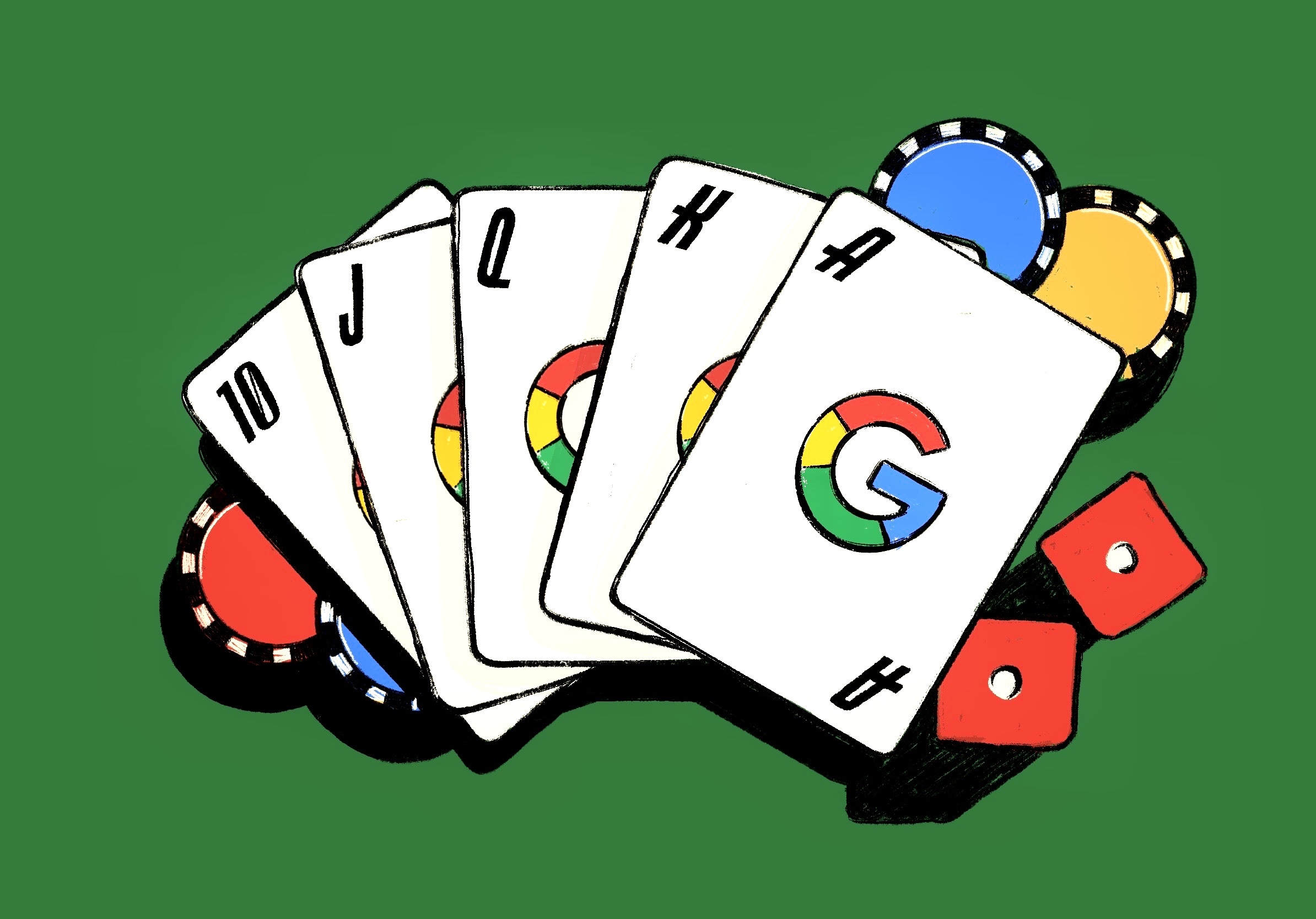






















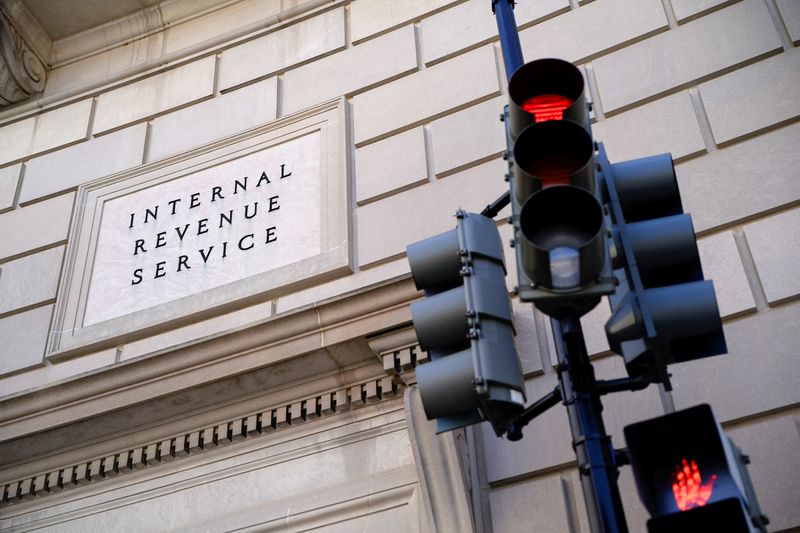










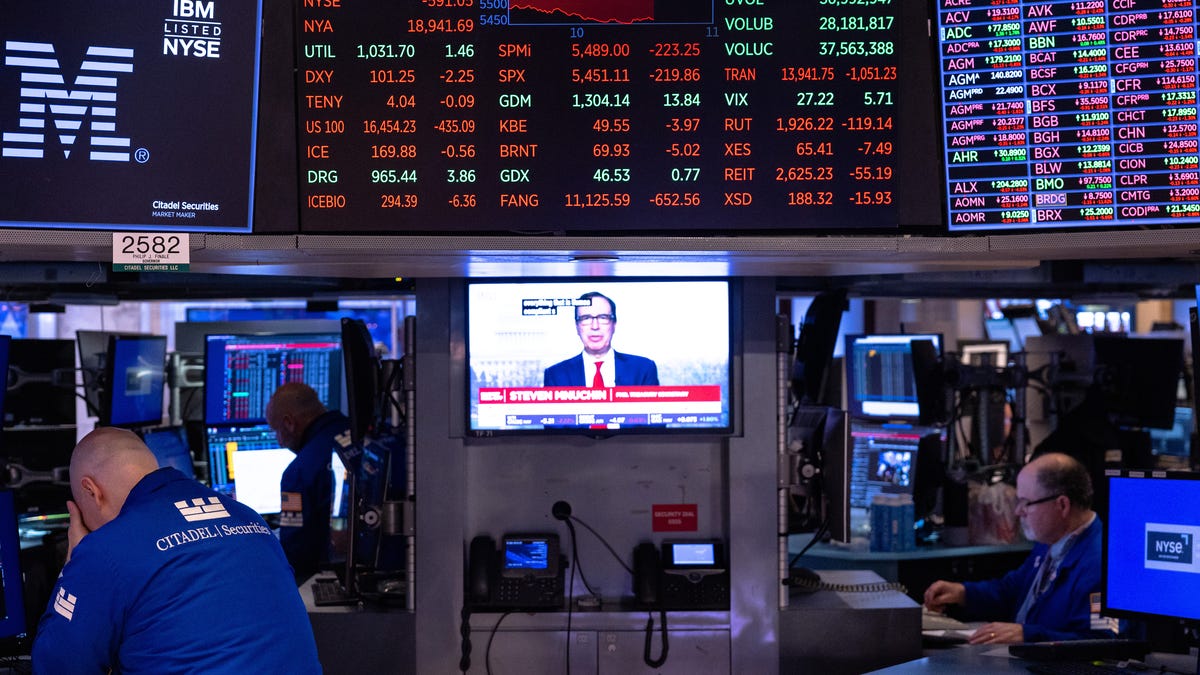

































































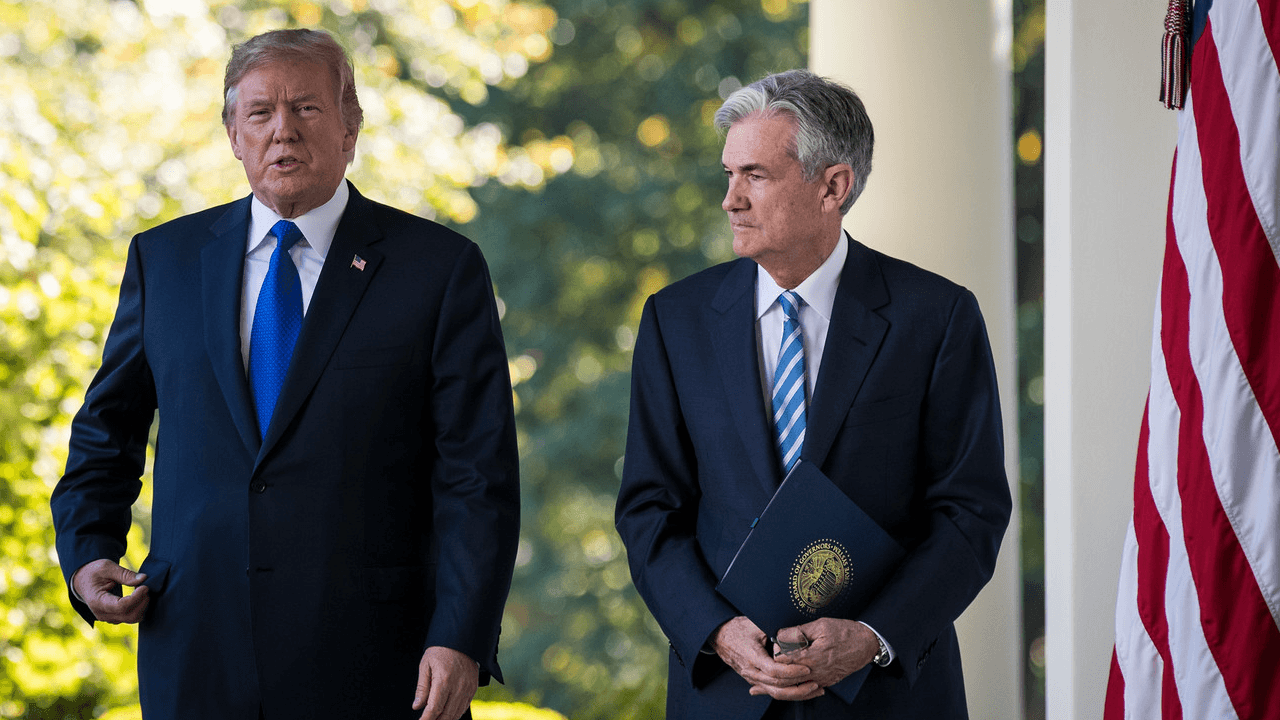





















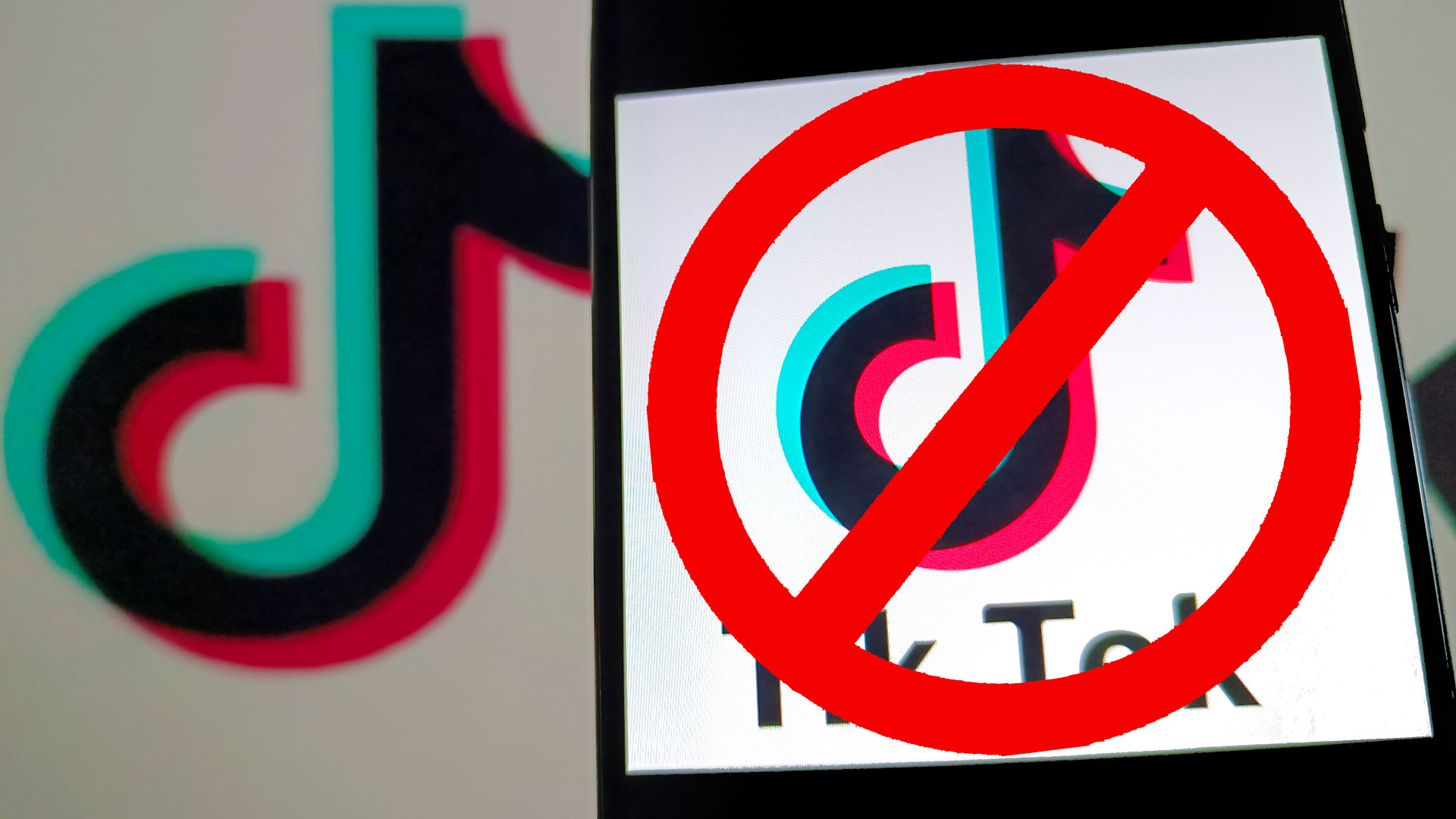








































.jpg)
%20Abstract%20Background%20112024%20SOURCE%20Amazon.jpg)


















